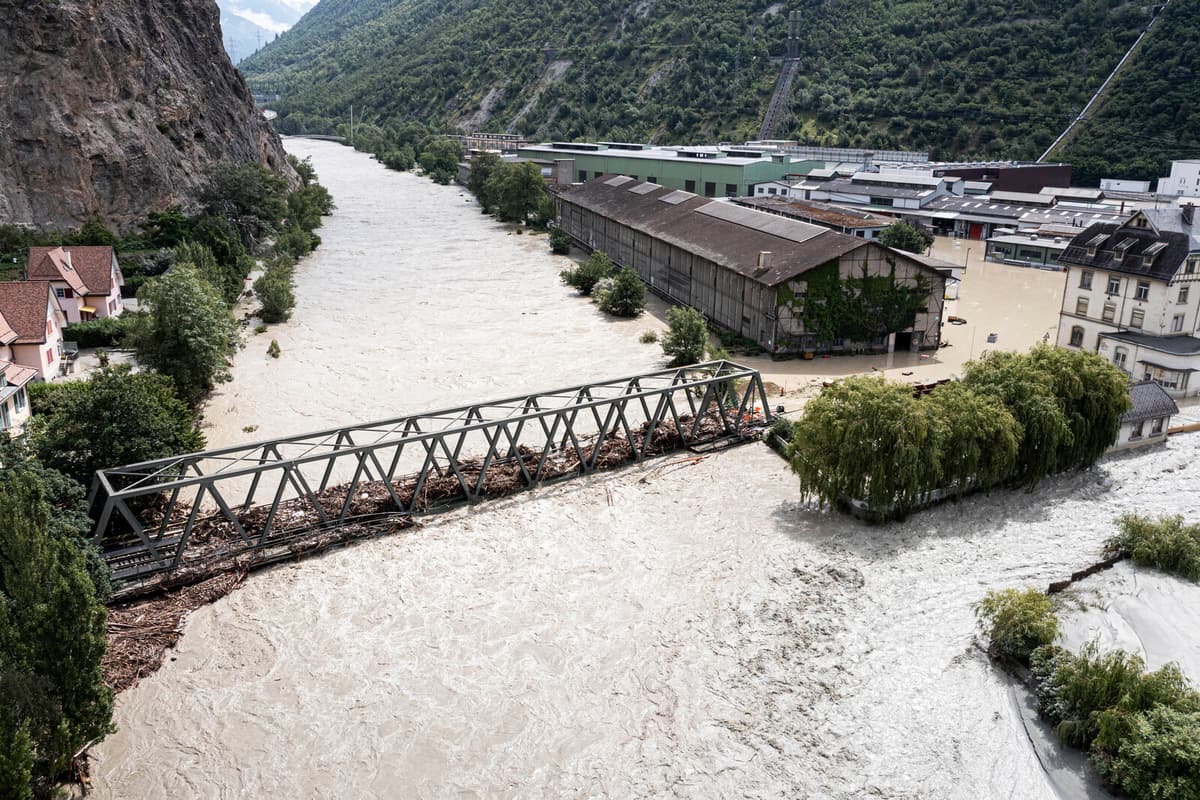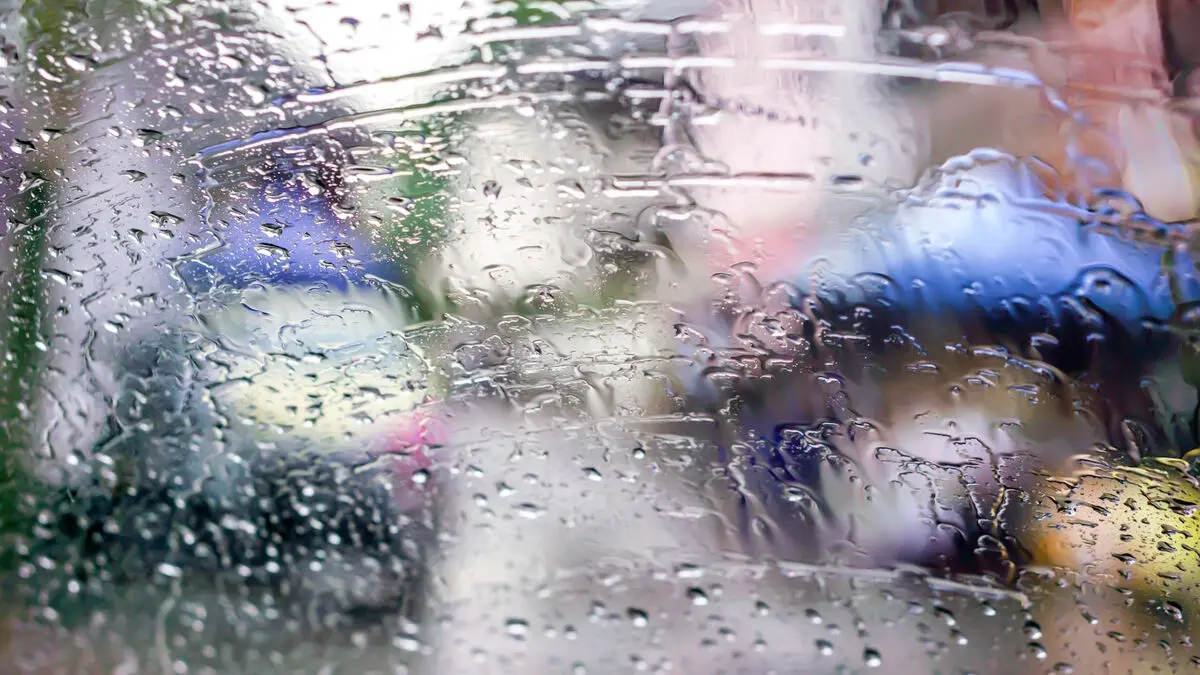The comprehensive study on plastic pollution was presented in 14 reports in Europe on Monday.
"The pollution exists in all European rivers," says French researcher Jean-François Ghiglione, who has collected information from nine of Europe's major rivers, from the Thames to the Tiber.
The result shows that three microplastic units were measured per cubic meter of water flowing in the rivers. This is "alarming," according to Ghiglione, but still not as dangerous as in the world's ten most polluted rivers, where 40 microplastic units were measured per cubic meter of river water. An aggravating factor may also be the extent of water flow.
The report, published in the scientific journal Environmental Science and Pollution Research, defines microplastic waste as particles "smaller than a grain of rice," according to researcher Alexandra Ter Halle. The smallest particles are not visible to the naked eye. The plastic comes from, among other things, clothing made of synthetic materials or particles from tires or plastic released when corks are screwed off from bottles.
Furthermore, researchers found small plastic beads used in the production of plastic items, which surprised the researchers.
"The international research collaboration (which is part of the UN's effort to reduce plastic waste) calls for a drastic reduction in primary plastic production," says research leader Ghiglione.
Corrected version: An earlier version contained an incorrectly measured amount.





